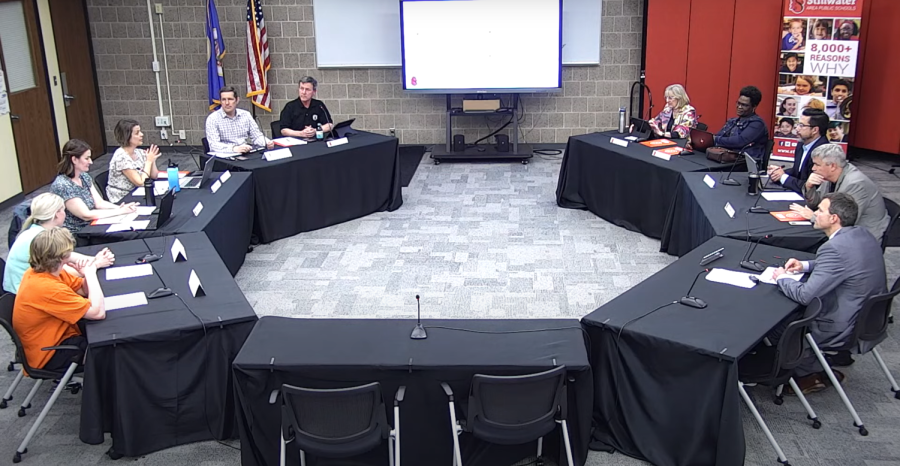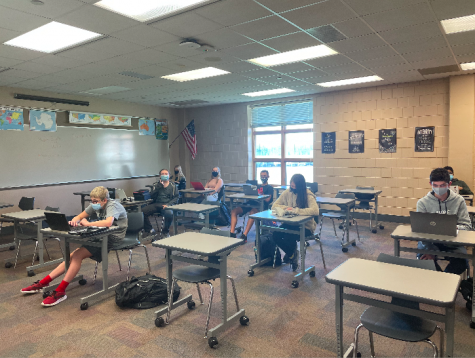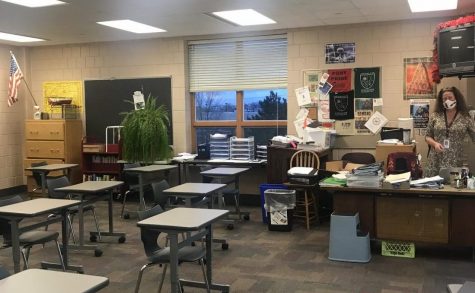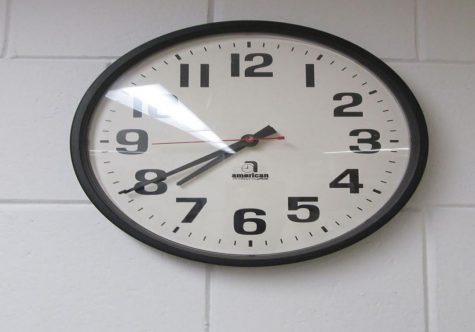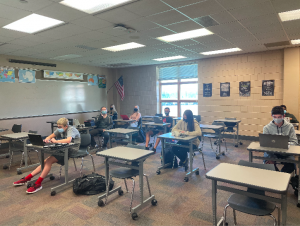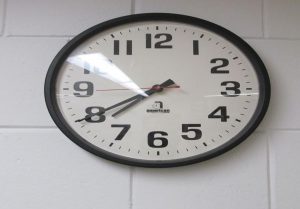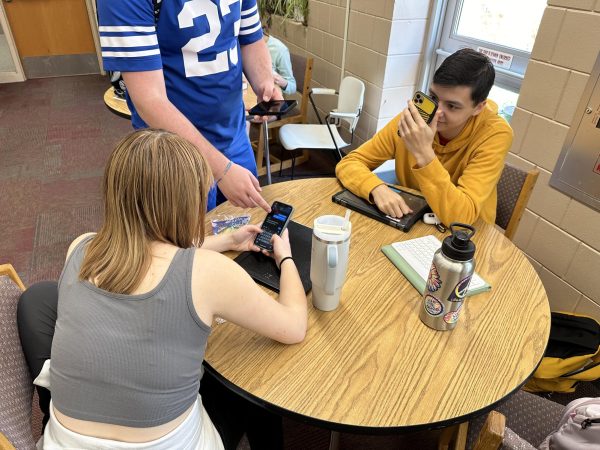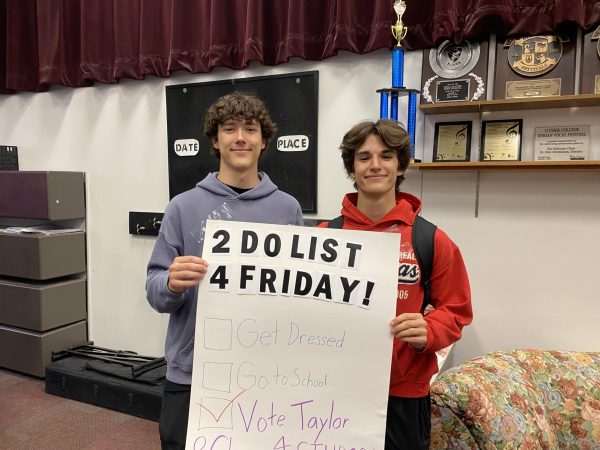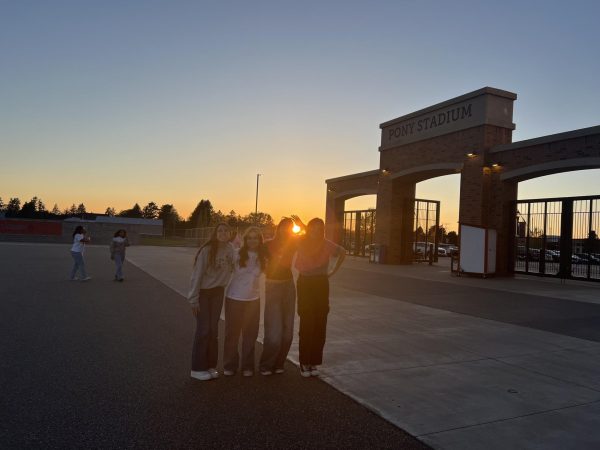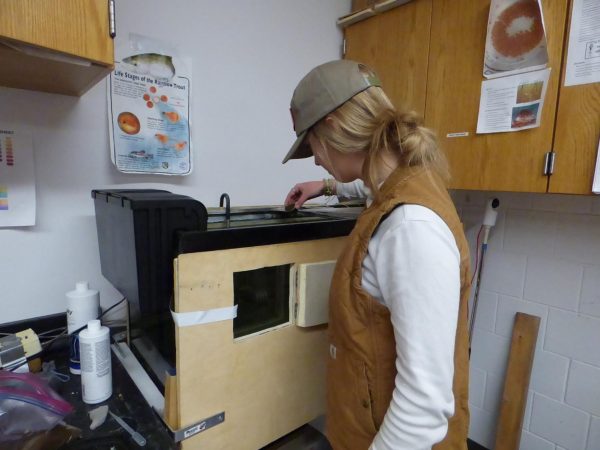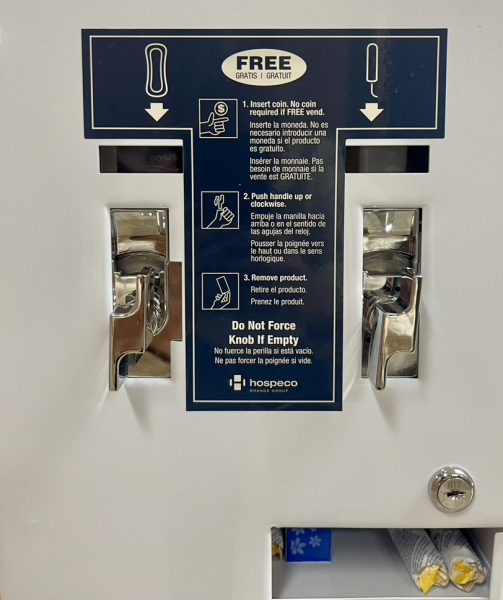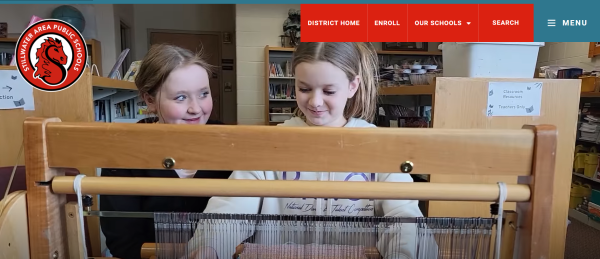School board resumes discussions around start time, yearlong calendar
Screenshot of school board April 11.
The school board members partake in a study session to discuss changing the start times of schools and yearlong calendar. This is not the first time that the school board has considered this.
The school board was presented with a study session to look at changes to later start times for the secondary schools and the structure of the district’s yearlong calendar on April 11.
Many high schools, including Mounds View, White Bear Lake and East Ridge, start well after 8:00 a.m. The first public high school to adopt a later start time in Minnesota was Edina High School in the 1990s. Soon after, other public schools took suit and moved up their starting time.
The Stillwater District has considered moving the secondary schools’ start times to later. Mark Drommerhausen, the Director of Operations of the school board, said that the district did a lot of research and some community surveys at that time. However, there were a lot of other initiatives going on. Hence, the board decided not to take any action at that time.
“The April 11 board meeting was a kind of conversation to say, ‘Do you want us to pick up this conversation again and study it next year for the following year?'” Drommerhausen explained.
The school board plans to have elementary schools start earlier, and secondary schools start later. Elementary school children can more easily modify their bedtimes, have an easier time falling asleep earlier in the evening, and have a prime time learning period during the morning. Twenty-five years of medical evidence and research show that later start times for secondary schools better align with teenagers’ unique sleep needs. Later start times can positively impact students’ grades and graduation rates and reduce tardiness and absenteeism.
“I think that what we’re seeing right now isn’t a true representation because we’re coming off of the COVID-19 years where students didn’t really learn to get up, get ready and get to school early,” counselor Patricia Grgurovic said.
The proposed start times for the elementary schools would be 7:40 a.m. to 2:10 p.m. The middle schools would start at 8:50 a.m. and end at 3:20 p.m., while the high school would begin at 8:40 a.m. and end at 3:10 p.m.
The April 11 board meeting was a kind of conversation to say, ‘Do you want us to pick up this conversation again and study it next year for the following year?
— Mark Drommerhausen
The implementation of the new start time would take another year to put into action. During the fall of 2023, the school board would gather feedback from the student, staff and parents to gauge how the community feels about the proposed start times. Then a recommendation would be presented to the school board for the 2024-2025 school year. In the winter, the school board would vote to change the start times, and the new start times would be implemented in the fall of 2024.
“I think it would definitely be a good thing if we started a little later,” freshman Emma White said. ” I feel like people would get more sleep for sure, which would probably benefit their performances in school and sports and improve their overall energy levels.”
The school board also looked at altering the yearlong calendar. Starting earlier in August and ending a week later in June would allow extra instruction days before spring testing. Similarly, it would give students and staff a break after each quarter and allow for a professional development day each month.
Drommerhausen explained that it would “allow students to be done with the academic calendar or semester before they go on break to relax a bit” before returning to a fresh start and new academic session.
Like implementing new start times, the school board would gather feedback from the community’s students, staff, and parents before being presented with a recommendation. They would vote in the winter of 2024 to approve the new yearlong calendar for the 2024-2025 school year.

My name is Jasmine Z. Allison. I am a senior and am the social media editor-in-chief. I am a co-captain of Varsity Figure Skating and a student leader...


